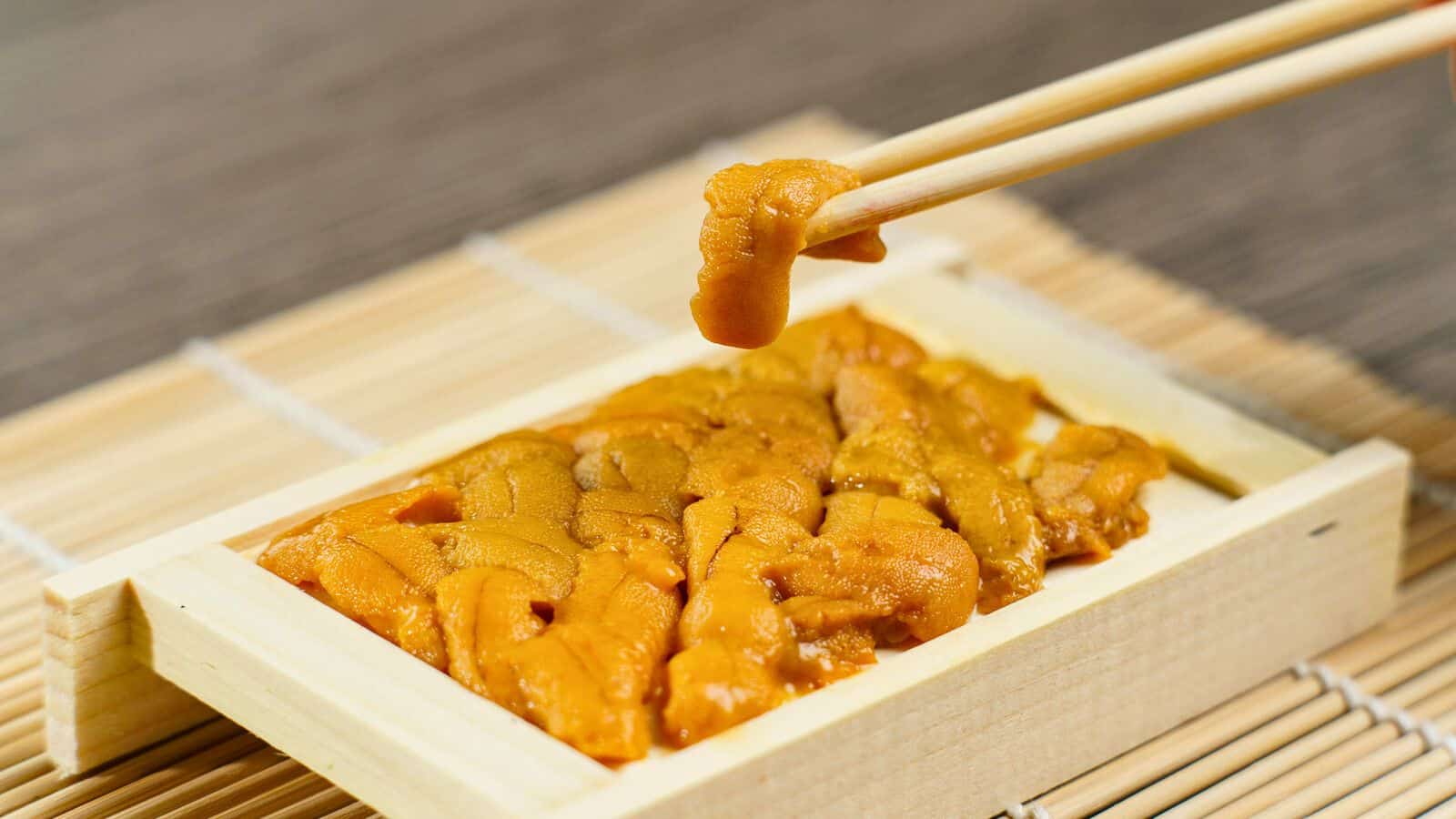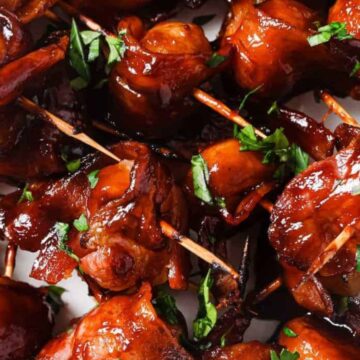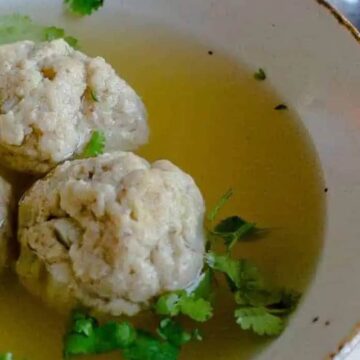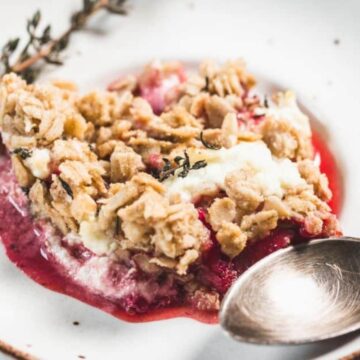Anthony Bourdain had a way of eating that went beyond just filling his plate. He was on a constant hunt for foods that told a story—dishes that reflected the culture, history, and soul of a place. These 15 foods Anthony Bourdain loved weren't particularly fancy or complicated; he enjoyed them because they were authentic.
Whether he was slurping down noodles in Vietnam or enjoying a classic French dish, Bourdain didn’t just eat; he connected with every bite. He was drawn to dishes that represented the heart of a country’s kitchen, often seeking out street food or local specialties that spoke volumes without saying much.
What made these foods stand out wasn’t just how they tasted—it was how they made him feel. These were the meals that brought him back to the table, every single time, ready to explore the world one bite at a time. Want to know more? Read further this article!

Pho (Vietnamese Noodle Soup)

Pho is a traditional Vietnamese noodle soup known for its fragrant broth, typically made from simmering beef bones, spices like star anise, cinnamon, and cloves, and herbs for hours. The dish includes thinly sliced beef or chicken, and rice noodles, and is topped with fresh herbs, bean sprouts, and lime. Pho is enjoyed at all times of the day, but especially as a morning staple, giving comfort through its layers of flavors and textures. Bourdain frequently highlighted this dish as one of his favorite experiences when visiting Vietnam, appreciating the craft and tradition behind each bowl.
Oysters

Bourdain was particularly drawn to oysters, often highlighting their freshness and the briny burst they deliver. These mollusks are typically served raw on the half shell, paired simply with lemon, mignonette, or a splash of hot sauce. Oysters are celebrated for their silky texture and distinct taste, reflecting the environment in which they are harvested. Bourdain enjoyed seeking out the best varieties from places like Brittany in France or the Pacific Northwest, relishing in how each region's oysters could transport him to the sea with every bite.
Bone Marrow

Bone marrow, often roasted and served with toasted bread, was a beloved indulgence for Bourdain. The marrow, extracted from the center of beef bones, turns creamy and rich when cooked, delivering a deep, buttery flavor that he found irresistible. This dish is typically prepared by roasting the bones until the marrow is soft and spreadable, often topped with a sprinkle of sea salt and fresh herbs. Bourdain's passion for bone marrow reflects his appreciation for foods that are both simple and luxurious, capturing the essence of traditional cooking methods in an unpretentious manner.
Pasta Carbonara

Bourdain frequently praised authentic Pasta Carbonara, a dish originating from Rome made with eggs, pancetta or guanciale, Pecorino Romano cheese, and black pepper. He valued the traditional preparation, which involves no cream, allowing the eggs to create a creamy sauce that clings perfectly to the pasta. The dish embodies the importance of quality ingredients and technique, resulting in a hearty meal that is both comforting and satisfying. Bourdain often sought out this classic when exploring Italy, enjoying its rich, savory flavor and the artistry involved in perfecting the dish.
Peking Duck

Peking Duck is a renowned dish that Bourdain cherished, particularly for its intricate preparation and exquisite flavor. The duck is air-dried, seasoned, and roasted until the skin turns crispy while the meat remains succulent. It is often served with thin pancakes, sliced cucumber, and a sweet bean sauce, allowing diners to assemble their wraps. Bourdain's fondness for Peking Duck stemmed from the combination of textures and the theatrical aspect of its presentation. Experiencing this dish in Beijing gave him a connection to the rich traditions of Chinese cuisine.
Sichuan Hot Pot

A communal dining experience that Bourdain greatly enjoyed, Sichuan hot pot involves cooking a variety of meats, seafood, and vegetables in a boiling, spicy broth. This dish is characterized by its bold flavors, particularly the numbing heat of Sichuan peppercorns combined with chili oil, garlic, and other spices. Diners customize their meals by dipping raw ingredients into the bubbling broth, creating a personalized and interactive eating experience. Bourdain often highlighted this dish for its intense, layered heat and the social aspect of sharing food around a steaming pot.
Sushi (especially Uni and Otoro)

Sushi held a special place in Bourdain’s heart, especially the delicate textures and flavors of uni (sea urchin) and otoro (fatty tuna). Known for his love of Japanese cuisine, he often emphasized the craftsmanship behind perfect sushi, where the balance of rice, fish, and wasabi creates a memorable bite. Uni, with its creamy and slightly briny taste, and otoro, with its melt-in-your-mouth richness, stood out as some of his favorites. Bourdain appreciated how sushi masters carefully source and handle their ingredients, making each piece a reflection of tradition and precision.
Beef Bourguignon

Known as a classic French dish, beef bourguignon involves slow-cooking beef in red wine, along with onions, carrots, mushrooms, and garlic. Bourdain had a deep appreciation for this hearty stew, often celebrating its rich, layered flavors that develop through hours of simmering. The dish is rooted in French peasant cooking, where humble ingredients are transformed into something exceptional through time and care. Bourdain’s fondness for beef bourguignon highlighted his connection to traditional French cooking techniques and his admiration for the comforting, robust nature of this meal.
Jollof Rice

A staple in West African cuisine, Jollof rice is made with tomatoes, onions, peppers, and a variety of spices, often served with chicken, fish, or vegetables. Bourdain was captivated by the bold flavors and vibrant presentation of Jollof rice, appreciating how each country in the region adds its unique spin. The dish represents a sense of community and celebration, often cooked in large quantities for gatherings. Bourdain’s love for Jollof rice reflects his enthusiasm for exploring African food traditions and how this versatile dish captures the heart of a culture through its aromatic and savory profile.
Roast Pig (Lechon)

A celebrated dish across many cultures, roast pig or lechon involves slow-roasting a whole pig until the skin is crispy and the meat tender. Bourdain frequently enjoyed this dish, especially when traveling in the Philippines or Latin America, where it is a centerpiece of festivities. The cooking process, often done over an open flame, infuses the meat with smoky flavors and a crispy, golden exterior. For Bourdain, the experience of enjoying lechon was not just about the taste but also the tradition and communal aspect of sharing a meal that brings people together in celebration.
Banh Mi (Vietnamese Sandwich)

Widely enjoyed for its balance of flavors and textures, Banh Mi is a Vietnamese sandwich typically filled with various slices of meat, fresh herbs, pickled vegetables, and chili. Bourdain often highlighted its blend of French and Vietnamese influences, with the crispy baguette and pâté bringing together the best of both worlds. The fillings can vary widely, including options like grilled pork, chicken, or tofu, all complemented by a spread of mayonnaise and a touch of spice. For Bourdain, Banh Mi was a street food favorite that captured the vibrancy of Vietnam’s food culture in a single bite.
Street Tacos

A favorite of Bourdain's during his travels through Mexico, street tacos are a simple yet flavorful combination of fresh ingredients, typically served on soft corn tortillas. Common fillings include carnitas, al pastor, barbacoa, or lengua, each delivering a unique taste experience. These tacos are often garnished with onions, cilantro, and a squeeze of lime, adding brightness and freshness. Bourdain appreciated street tacos for their authenticity and accessibility, frequently showcasing how they bring people together in markets and food stalls, giving a glimpse into the heart of Mexican cuisine.
Cheese

A fan of cheeses from around the world, Bourdain often praised the complexity and variety found in this food category, from creamy brie and pungent blue to aged gouda and sharp cheddar. He celebrated the craftsmanship and tradition behind cheese-making, enjoying how each type has a distinct taste that reflects its origin. Bourdain’s travels often included stops at local markets or dairies, where he could sample artisanal cheeses, relishing in how this food can range from simple to sophisticated. His love for cheese underscored his passion for exploring the finer details of food cultures globally.
Ramly Burger

A popular street food in Malaysia, the Ramly burger is known for its distinct preparation, where the patty is wrapped in an egg before being seasoned and cooked. Bourdain enjoyed the messiness and unconventional style of this burger, which is often topped with a variety of sauces like mayonnaise, ketchup, and chili sauce. The burger is typically served on a soft bun, packed with fresh vegetables and cheese. Bourdain’s fondness for the Ramly burger showcased his love for discovering local street foods that break from conventional cooking methods, delivering bold and unexpected flavors in every bite.
Charcuterie and Cured Meats

Known for his appreciation of cured meats, Bourdain often indulged in charcuterie boards featuring items like salami, prosciutto, pâté, and various types of sausages. These meats are typically paired with bread, pickles, and mustard, creating a diverse spread of textures and flavors. Bourdain valued the traditional techniques involved in curing and preserving meats, seeing them as an art form that embodies history and culture. Whether in a Parisian bistro or an Italian trattoria, charcuterie allowed him to explore the intricate, time-honored practices that transform simple ingredients into celebrated foods.
Legend-Approved Bites You’ll Want to Try

Anthony Bourdain’s love for food was never just about what was on the plate; it was about the connection, the experience, and the journey each dish took him on. The foods he couldn’t get enough of were more than just great meals—they were moments that captured the essence of the places he visited and the people he met along the way.
His favorite dishes weren’t picked because they were the best or most refined—they were chosen because they were real, authentic, and packed with meaning. They were the perfect representation of Bourdain’s philosophy: to eat without fear, to explore with an open mind, and to find greatness in every corner of the world.
Bourdain’s legacy lives on in the foods he celebrated and the stories he shared. These were more than just meals; they were chapters in his never-ending quest to understand the world, one bite at a time.






Tell Me What You Think!